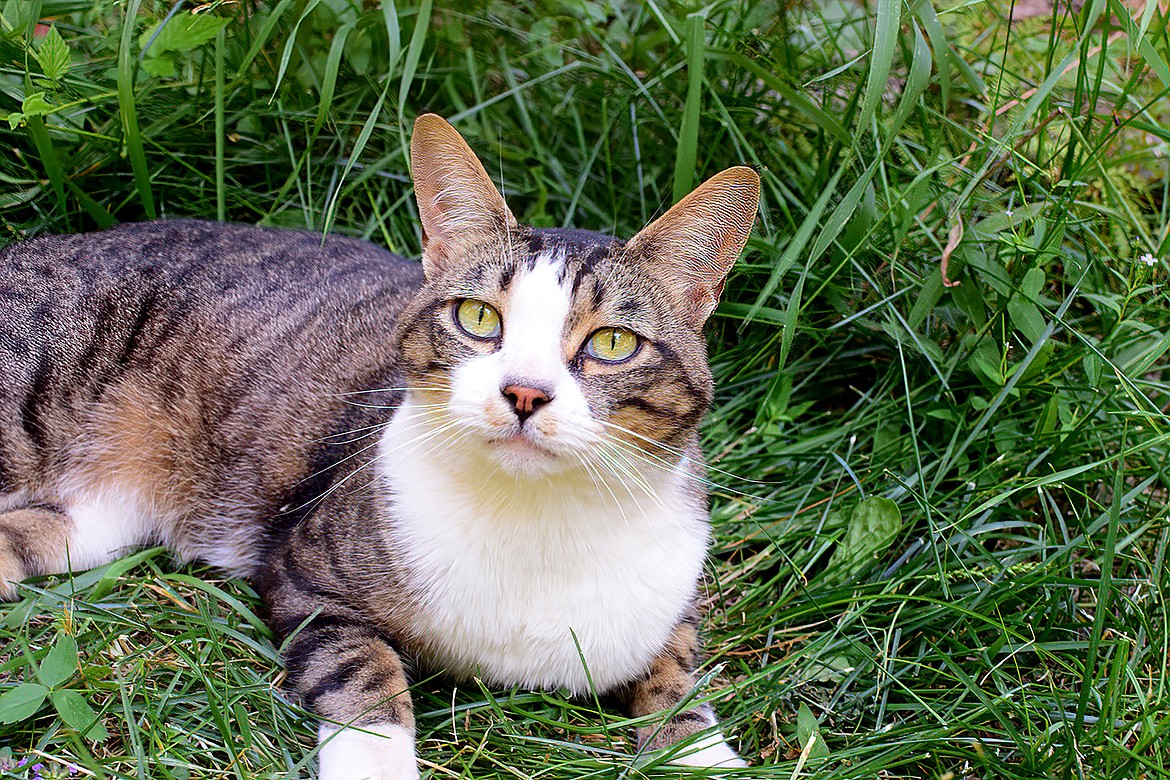Put that cat back
We’ve all seen cats outside. Maybe you’ve noticed a group hanging out in a secluded area near your home, or you’ve seen them walking around your neighborhood.
These cats are community, or feral, cats. They live outdoors with other cats and don’t have owners.
It's easy to look at a cat that has lived its entire life outdoors and think they’re the same as the cat we have in our home, snuggled up on our couch. The reality is they’re very different cats with very different lives.
Community cats are perfectly able to live outdoors. In fact, many of them can’t be adopted, because they are truly feral—they would be shy, frightened or aggressive living indoors with humans.
This is why many animal shelters across the United States no longer admit healthy cats to their shelters. Instead, if a community member brings in a cat, it is returned to where it came from. This approach, called Return to Field (RTF) is considered best practice for animal shelters by national organizations like Best Friends Animal Society.
RTF started in order to stop the euthanasia of healthy feral cats at animal shelters, who are unadoptable, but living well on their own outdoors. It has other benefits, too. It prevents shelters from becoming overcrowded, which is stressful for the animals and spreads disease. By not taking in healthy cats, shelters can use their resources and limited space to provide better care for animals who have to be in the shelter.
Even litters of kittens should remain outdoors, unless they are in serious, immediate danger. They’ll always be best cared for by their mother. If you don’t see the mother, wait and watch. She’s likely out hunting and will return.
Now you might be asking, “What if the cat is someone’s pet who escaped outside and got lost? Surely they’re better off at an animal shelter.”
Unfortunately, that’s not the case. Nationwide, only 2.5 percent of cats that enter shelters are reunited with their owners, according to 2016 data compiled by Shelter Animals Count. Cats are 13 times more likely to be reunited with their owners when the shelter is not involved, and 75 percent of lost cats were found less than one-third of a mile from where they escaped, according to a 2018 study in the journal Animals. Therefore, leaving lost cats where they are increases their chances of getting home.
At Panhandle Animal Shelter, we practice RTF, following national best practices. If a community member brings us a stray cat, we admit it to the shelter if its health is at all questionable—like if it isn’t spayed or neutered, appears ill or has a thin body condition—and provide care. We’ll also take in cats with identification tags or a microchip, so we can get in touch with the owner. Otherwise, as much as we appreciate the kindhearted, well-intentioned efforts of our community members, we’ll ask that the cat be put back. The reality is that the majority of felines are better off where they came from.
With these RTF policies, Panhandle Animal Shelter, and others across the United States, are saving animals’ lives. By letting cats who live outdoors stay there, we are able to focus our time and resources on animals that truly need help and on programs that support our communities, like our Pets for Life program, pet food bank and our helpline.
And the next time you see a cat outdoors, know that it’s likely safe, healthy and living its best life.

